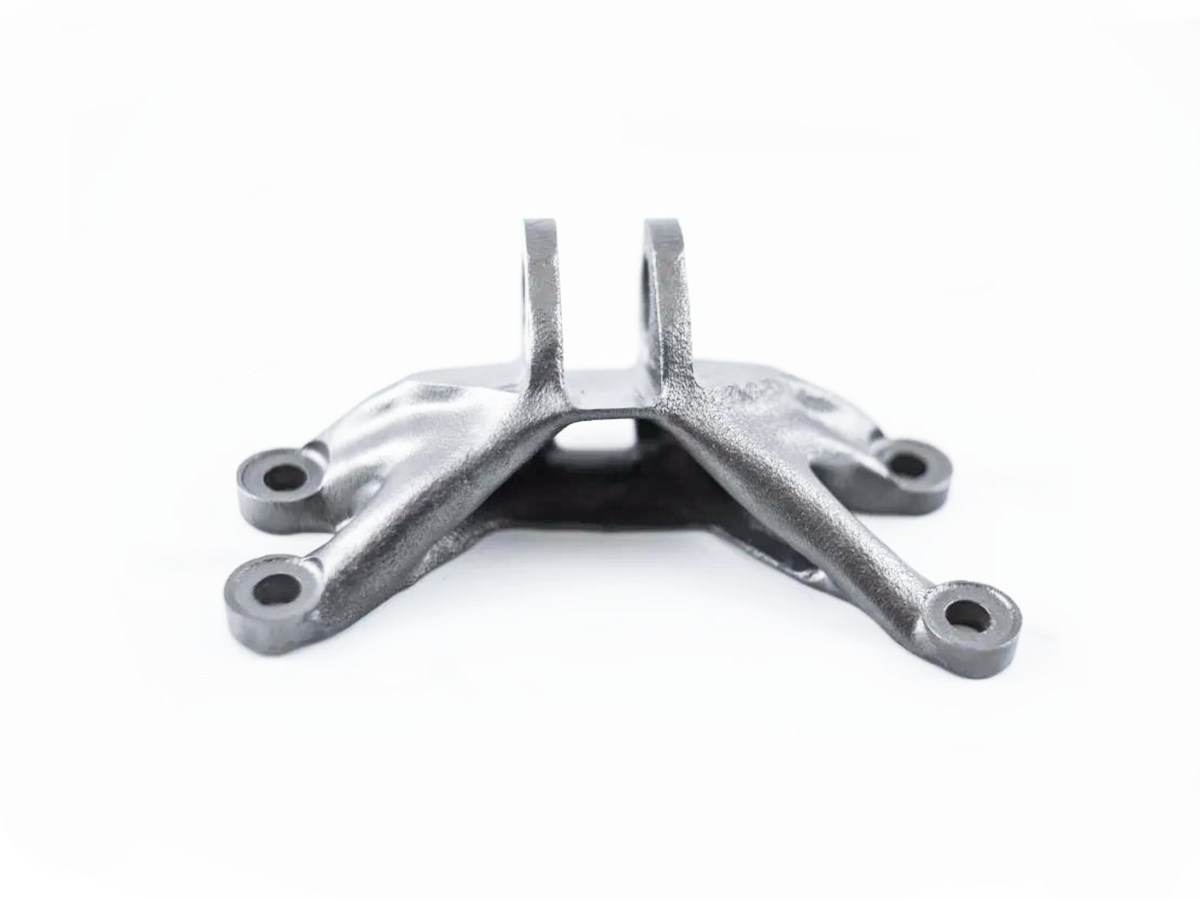How do I select the most suitable surface treatment for stainless steel parts?
Selecting the most suitable surface treatment for stainless steel parts is a critical engineering decision that balances functional requirements, environmental exposure, aesthetic goals, and geometric constraints. While stainless steel inherently possesses a protective passive layer, secondary surface treatments are often essential to enhance its properties for specific applications. The selection process should be a systematic evaluation of performance needs rather than an arbitrary choice.
The Decision Framework: Key Selection Factors
The optimal surface treatment is dictated by answering a series of key questions about the part's operational life:
Corrosion Resistance: What is the specific chemical or environmental threat (e.g., salt spray, chlorides, acidic media)? Is it general corrosion, pitting, or crevice corrosion?
Wear and Abrasion: Will the part experience sliding contact, friction, or abrasive forces?
Aesthetics and Cleanliness: Is a specific color, reflectivity, or matte finish required for branding or cleanliness validation (critical in medical and food industries)?
Dimensional Stability: Can the part tolerate a dimensional change? Some treatments add significant thickness, while others are sub-micron.
Industry Standards: Does the application in Medical Device, Food and Beverage, or Aerospace and Aviation sectors mandate specific certifications or treatments?
Common Surface Treatments and Their Optimal Applications
1. For Maximizing Corrosion Resistance: The Foundational Step
Stainless Steel Passivation Service is the non-negotiable, foundational treatment for almost all stainless steel parts. It is an electrochemical process that removes free iron contamination from the surface—introduced during CNC Machining—and accelerates the formation of the protective chromium oxide layer. This is not a coating; it enhances the inherent corrosion resistance of the base material. It is essential for all parts exposed to moisture or corrosive atmospheres and should be considered a standard post-processing step.
2. For Enhancing Wear Resistance and Surface Hardness
When components like shafts, valves, or mating parts are subject to friction and wear, passivation is insufficient.
PVD Coating for Precision CNC Parts: This vacuum-deposition process applies a thin (1-5 µm), extremely hard ceramic coating (such as TiN, CrN, or DLC). It dramatically increases surface hardness, reduces friction, and provides excellent wear and galling resistance, all while maintaining part dimensions and often adding a decorative gold, chrome, or bronze color. It is ideal for precision components that cannot change size.
CNC Steel Nitriding Process: A thermochemical process that diffuses nitrogen into the surface, creating an extremely hard case. While more common for carbon and alloy steels, certain stainless grades can be nitrided for exceptional wear resistance, though it can sometimes compromise corrosion resistance.
3. For Aesthetics, Cleanability, and Light Corrosion Protection
For consumer-facing or hygiene-critical parts, surface texture and appearance are paramount.
CNC Part Polishing Service: Creates a smooth, reflective, mirror-like surface that reduces surface area, making it easier to clean and providing a high-end aesthetic. Often used for architectural, medical, and food processing equipment.
CNC Surface Brushing Treatment: Produces a uniform satin or matte finish with a linear grain. It is attractive, hides fingerprints and minor scratches well, and is common for appliances and architectural hardware.
Sandblasting Process for CNC Components: Creates a uniform matte or satin texture by propelling abrasive media. It is excellent for preparing surfaces for painting or coating, providing a consistent non-reflective finish, and masking machining marks.
4. For Adding Color and Enhanced Environmental Protection
Electroplating Service for CNC Parts: While less common for stainless steel, it can apply a layer of chrome, nickel, or other metals for specific decorative effects or to provide a sacrificial layer in unique multi-metal assemblies.
Black Oxide Finish for CNC Steel Parts: This creates a sleek, black magnetite layer that provides mild corrosion resistance and eliminates light reflection. It is popular for automotive, optical, and military components. Note that this is typically for non-stainless grades, but specialized blackening processes for stainless exist.
Selection Guide Summary
Maximum Corrosion Resistance: Start with Passivation.
High Wear & Galling Resistance: Apply a PVD Coating.
High-End Aesthetic & Cleanability: Choose Polishing or Brushing.
Uniform Matte Texture: Opt for Sandblasting.
Decorative Black Finish: Specify a Black Oxide process compatible with stainless steel.
For complex requirements, combinations are possible (e.g., a polished surface finished with a PVD coating). The most reliable path is to consult with our engineering team during the Prototyping Service phase to test and validate the chosen surface treatment for your specific application.



